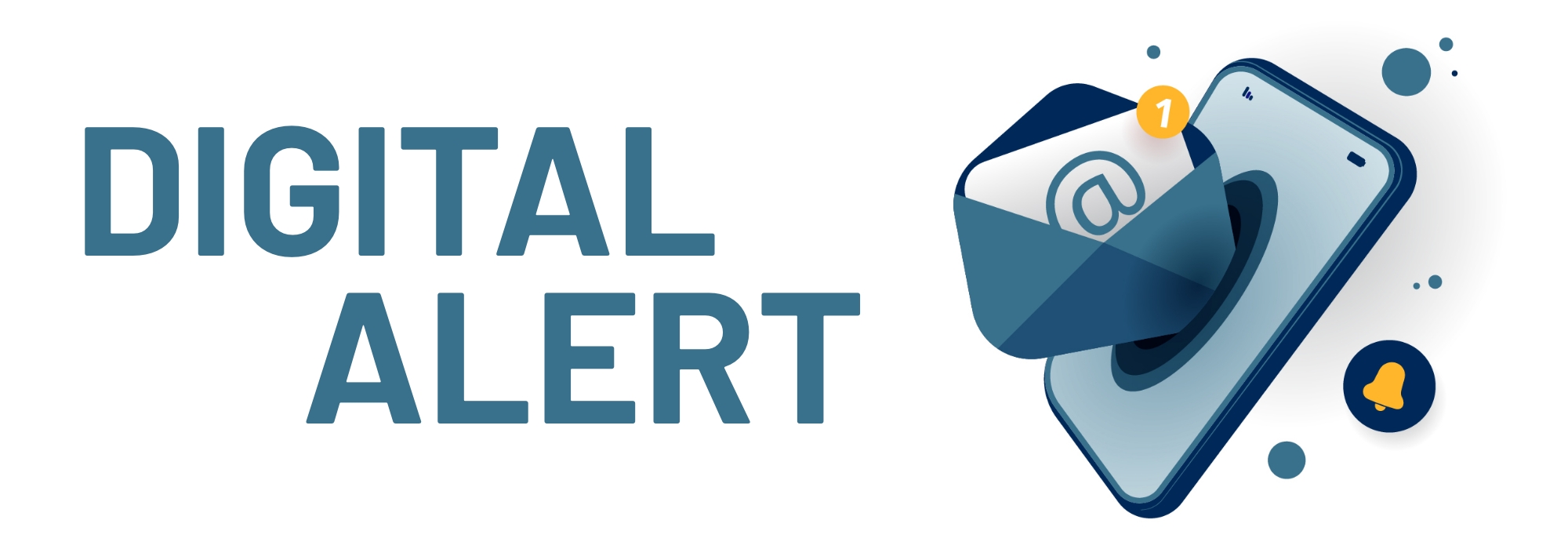Since the FDIC was established in the 1930s, banks’ identification as FDIC-insured institutions has been central to upholding consumers’ confidence in the banking system.
But a lot has changed over the years. Banking channels have modernized, non-bank financial services have expanded, and recent high-profile bank failures have led to public confusion and concern about FDIC insurance.
To ensure transparency, the FDIC recently amended and modernized its regulations for the use of its official FDIC signs and advertising statement. This has significant implications for marketers.
UPDATED FDIC RULES: HIGHLIGHTS
- The new rules went into effect in 2024, and banks must be compliant by January 1, 2025.
- The regulations focus on clarifying what products and institutions are FDIC-insured and addressing misuse of the FDIC’s name and logo.
- The requirements govern their use across banks’ deposit-taking channels, both physical and digital.
- Based on the rule changes, many banks will need to update marketing assets such as websites.
WHAT THIS MEANS FOR BANK MARKETING DEPARTMENTS
The updated FDIC requirements address several key areas, including:
FDIC Terms and Images: The updated requirements aim to protect consumers from misleading claims about FDIC insurance. They define how official FDIC signs and language must be used so they’re easily recognizable in branches and online.
Advertising Statements: All bank advertisements promoting FDIC-insured deposit products must include the official advertising statement and adhere to specific requirements for placement, size, type, and color.
For digital, the new official FDIC sign is this:
![]()
Digital Signage: Institutions must now include the FDIC sign on digital platforms, reflecting the shift toward online banking. Per the FDIC:
Beginning in 2025, banks will be required to display the FDIC official digital sign near the name of the bank on all bank websites and mobile applications.
Also, ATMs or similar devices put into service after January 1, 2025, must display the official FDIC digital sign on the device screen (not a physical sign).
Non-Deposit Products: Institutions must clearly distinguish between FDIC-insured deposit products and non-deposit products, such as investments and insurance, on digital channels such as mobile apps.
This involves ensuring that the FDIC-insured statements are segregated from information about non-deposit products and include the disclosure that non-deposit products are not insured by the FDIC; are not deposits; and may lose value.
Also, digital channels that accept deposits from a logged-in customer must provide a one-time notification when showing them non-deposit products.
For example, this may require a speed bump or pop-up notification when the user clicks a link to a third-party platform with these products.
ACTION REQUIRED
What are the next steps for bank marketing teams?
- Review Marketing Assets: The new regulations are extensive and detailed. Rely on your compliance department for guidance as you work to ensure marketing assets adhere to the new rules ahead of 2025.
- Update Digital Signage: Banks will need to review physical and digital assets to ensure the official FDIC sign and disclosure language appear consistently and correctly. Displaying the FDIC logo and accompanying verbiage correctly on certain parts of the bank website, such as the homepage and login screens, may require updates that present new design challenges.
- Build Awareness: The FDIC has actively educated consumers about what products are and aren’t FDIC-insured to reduce confusion and build trust in the banking system. This is a great opportunity for your bank as well. Engaging your community with messaging and education about your institution’s safety as an FDIC-insured bank is an important way to strengthen customer relationships.
NAVIGATE TODAY’S REGULATORY LANDSCAPE
With deep experience in financial marketing and website design, Lightstream can help you implement changes to ensure website compliance and keep your marketing assets aligned with FDIC rules.
Whether you want to educate customers about your bank’s safety and stability or make essential website updates, LIGHTSTREAM can help. Reach out to discuss your next project.

